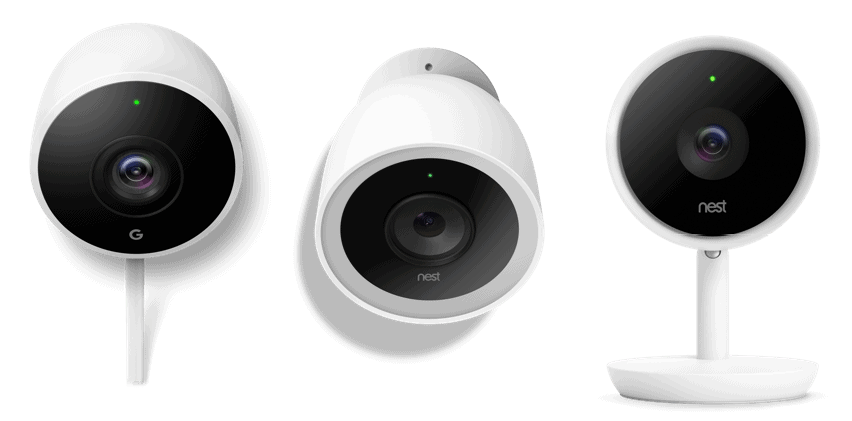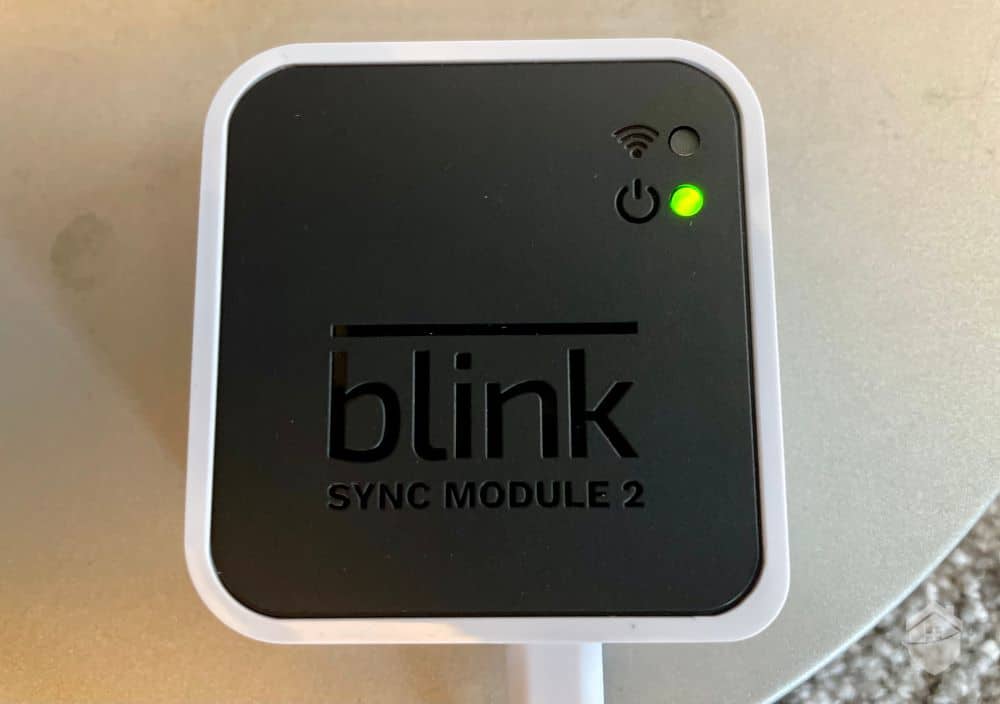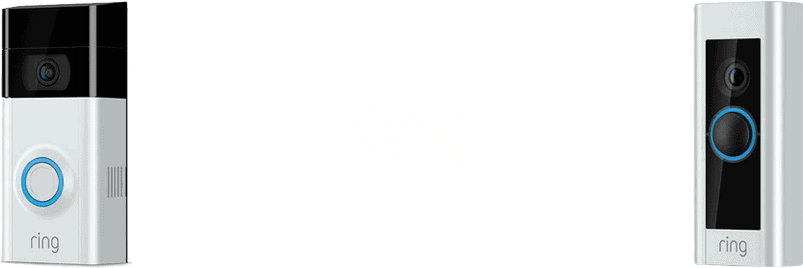The Arlo security camera is an attractive, affordable option that works well for many people. The company offers a large lineup of products – ideally suited for just about any needs you may have. Arlo is a 100 percent wireless system that is easy for most people to install on their own. Both indoor and outdoor cameras are available, with security lights and night vision options. This is an effective product for most needs, though it does have some limitations. With an easy-to-use, all-in-one app, it allows users to control it remotely, monitor the camera live from any location, and even sends alerts when there is a need.
If you are unsure if the Arlo is right for your needs, consider these alternative options that may work for you.
1. Nest Cam
The Nest Cam is a company owned by Alphabet, the company behind Google. It is well made, and there are plenty of features in both models. Arlo cameras are made by Netgear. It can be hard to compare cameras across the board since there are a number of options here. However, there are a few things that are different about these brands that you should take into consideration.
The cost of Arlo cameras start at $179.99 and can be as high as a thousand dollars depending on how many cameras you choose. You can purchase the Nest Cam indoor version for $99.99. Arlo offers optional Smart Plans and Continuous Video Recording (CVR), which starts at $2.99 per month. Nest also offers optional month-to-month cloud recording starting at $6 per month and continuous recording starting at $10 per month.
Both models allow you to add more than one camera (with the Nest allowing an unlimited number of cameras to be added to the cloud plans). Both methods connect through Wi-Fi. They both feature night vision and can be set to avoid specific areas such as where pets are. Motion sensing is available with the Arlo. In addition, Nest cameras have person detection built-in, and if you subscribe to a cloud plan, you'll get facial recognition as well.
Nest links to your Alexa-smart home applications whereas Arlo works with Alexa and Google Home. Nest’s cameras also have built-in features, such as detection of water, fire, freezing, carbon monoxide, and smoke. It’s also important to note that both the Nest Cam and the Arlo models are more expensive than other types of systems with comparable features.
2. Blink
Blink is a lesser-known name in home monitoring and one that should be considered for those who are looking for a reliable solution and smartphone connectivity to their property. It’s specifically designed to be more affordable than other models. To do this, it starts off by not requiring hardwired installation – it is really a wire-free video home security camera and a comprehensive monitoring system.
When comparing these products, consider the costs first. The Arlo starts at $99.99 for the equipment whereas Blink is a bit more at $39.99 but can go as high as $100 depending on your choice of cameras. Neither company requires a contract, though, instead providing month-to-month service. Also important, neither system comes with 24/7 monitoring services.
Both of these systems connect to Alexa and Alexa-enabled devices. And, both offer easy, do-it-yourself installation and indoor and outdoor camera options. And if you're looking for battery-powered cameras, both brands have those in their lineups as well.
3. Zmodo
Zmodo doesn’t get a lot of attention but it can be a good option overall for those looking for an even more affordable alternative to Arlo. It is a more basic company with fewer integration options, but offers a solid design. Like the Arlo, it requires only do-it-yourself installation. There are no contracts here either with both systems operating on month-to-month systems.
When comparing them, recognize that both offer good camera quality, built-in motion sensors, and night vision. Both systems include night vision as well. The companies allow you to customize your camera setups to include more or a higher quality of cameras.
Zmodo cameras are less durable, but they can be more affordable. It costs about $100 for a four-pack (though there are other options available.) Arlo cameras cost a bit more, starting at $99. However, both companies do not provide for monitoring service and recording. Users can subscribe to the Arlo’s subscriptions if desired. Zmodo comes through with its overall versatility and low-cost cameras. The overall quality may be better with Arlo, but for those who want basic home monitoring, Zmodo can work well by offering an easy-to-use solution.









